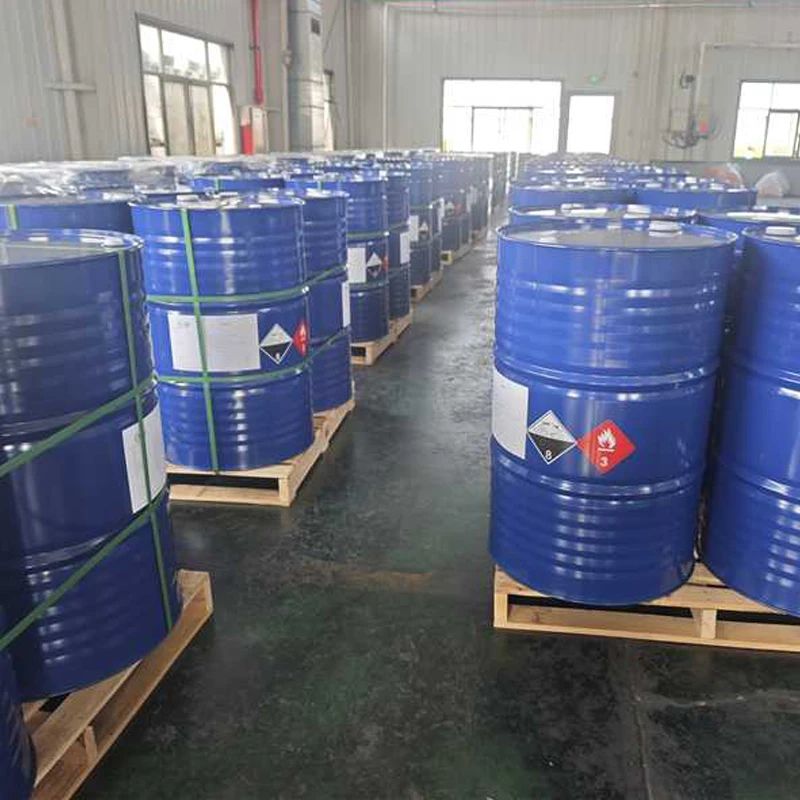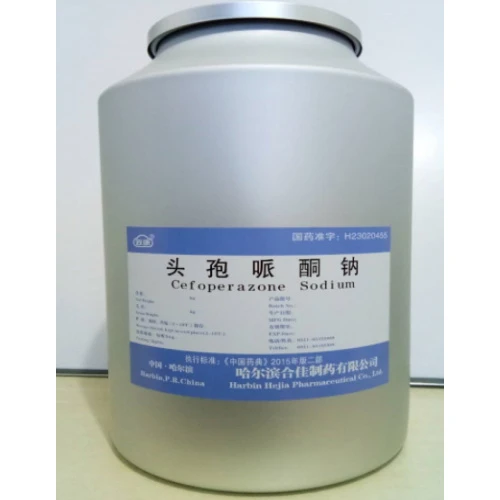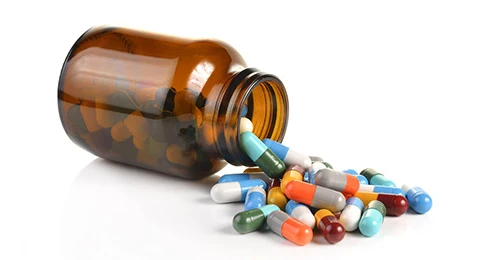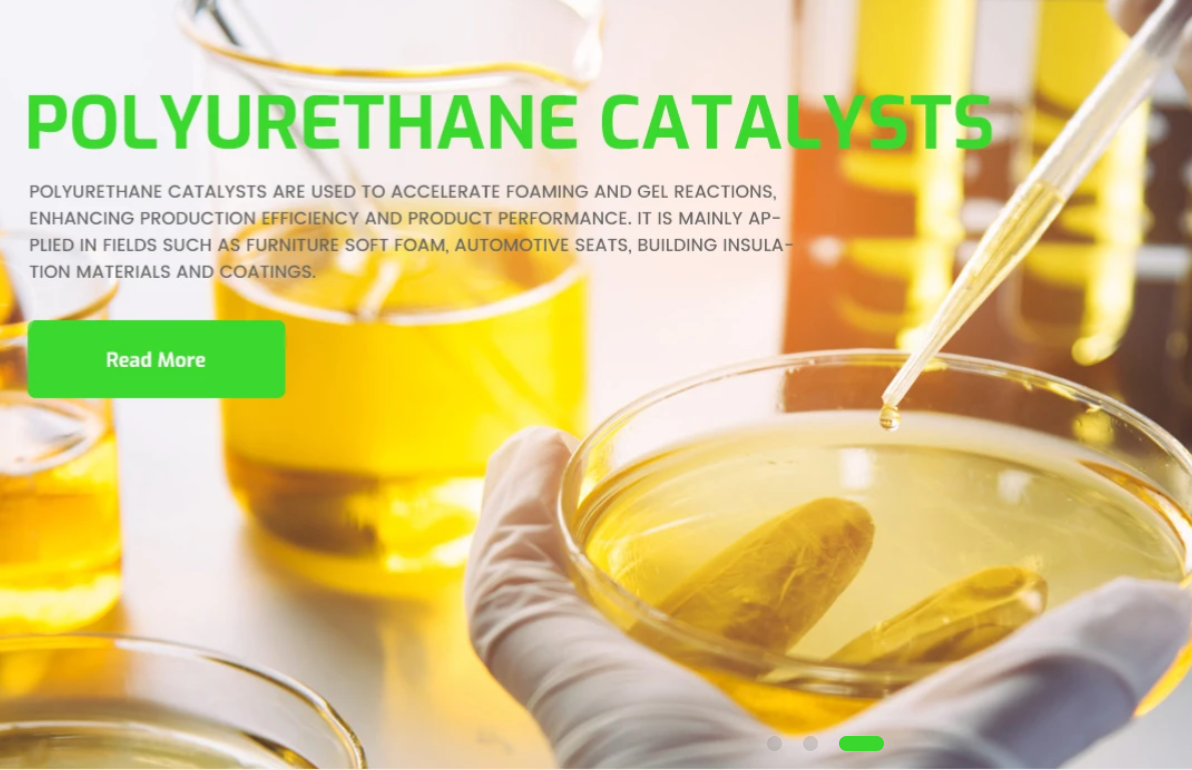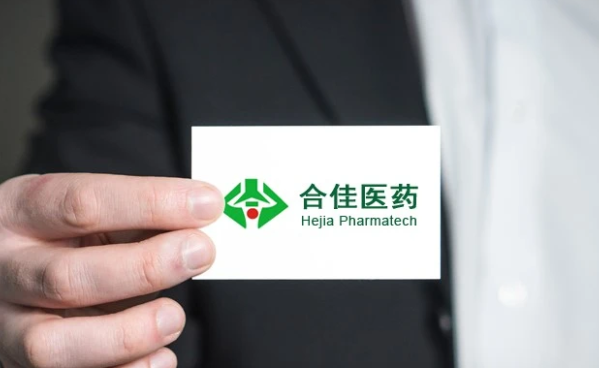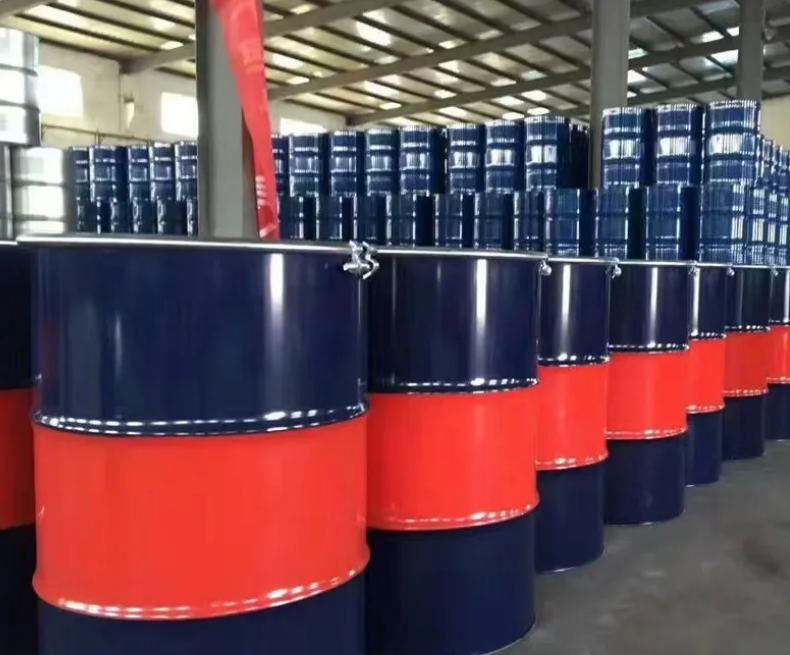In the rapidly evolving landscape of personal care and industrial applications, the demand for sustainable, high-performing, and gentle chemical ingredients is soaring. Among these, capryl caprylyl glucoside stands out as a biodegradable, mild, and highly effective non-ionic surfactant. This comprehensive exploration delves into the intricacies of Caprylyl/Capryl Glucoside, its technical prowess, diverse applications, and the competitive edge it offers in a global market.
Understanding the Market Landscape and Trends
The global market for natural and mild surfactants is experiencing robust growth, driven by increasing consumer awareness regarding product safety, environmental impact, and the desire for "clean label" ingredients. Consumers are actively seeking products free from sulfates, parabens, and other harsh chemicals, pushing manufacturers to innovate and adopt ingredients like Caprylyl/Capryl Glucoside. This trend is particularly evident in the personal care, cosmetics, and household cleaning sectors, where there's a significant shift towards eco-friendly and dermatologically tested formulations.
According to a report by Grand View Research, the global personal care ingredients market size was valued at USD 12.3 billion in 2022 and is expected to grow at a compound annual growth rate (CAGR) of 6.2% from 2023 to 2030. Within this, the market for naturally derived surfactants is projected to outpace synthetic alternatives due to their superior eco-toxicity profiles and compatibility with sensitive skin. Caprylyl/Capryl Glucoside perfectly aligns with these macro-trends, offering formulators a powerful tool to meet evolving consumer demands and regulatory requirements.
Technical Parameters and Chemical Profile of Caprylyl/Capryl Glucoside
Caprylyl/Capryl Glucoside (CAS No.: 68515-73-1) is an alkyl polyglucoside (APG) derived from renewable raw materials: fatty alcohols (caprylic/capric alcohol) and glucose. Its molecular structure combines a lipophilic alkyl chain with a hydrophilic glucose head, making it an excellent surfactant. The 'caprylyl' refers to an 8-carbon chain and 'capryl' refers to a 10-carbon chain, indicating a blend of C8-C10 alkyl chains, which provides optimal foaming and solubilizing properties.
As an APG, Caprylyl/Capryl Glucoside is known for its exceptional mildness, low irritation potential, and complete biodegradability. It functions effectively as a solubilizer for essential oils and fragrances, a foam booster, an emulsifier, and a cleansing agent. Its non-ionic nature means it is compatible with a wide range of other surfactants, polymers, and active ingredients, offering significant formulation flexibility.
Key Technical Specifications:
Below is a table summarizing the typical technical parameters for high-quality Caprylyl/Capryl Glucoside:
| Parameter | Typical Value | Testing Standard |
|---|---|---|
| Appearance | Clear to slightly yellowish viscous liquid | Visual Inspection |
| Active Content | 50.0% - 52.0% | Titration (e.g., according to relevant ISO/ASTM methods for surfactants) |
| pH Value (10% aqueous solution) | 11.5 - 12.5 | pH Meter (e.g., ISO 4316) |
| Free Fatty Alcohol Content | < 1.0% | GC/HPLC |
| Density (at 25°C) | approx. 1.08 g/cm³ | Hydrometer/Pycnometer |
| Viscosity (at 25°C) | 1000 - 3000 mPa·s | Brookfield Viscometer |
| Cloud Point (1% in 10% NaCl) | > 90°C | Heating/Cooling method |
| CMC (Critical Micelle Concentration) | ~0.01-0.1 wt% | Surface tension measurement |
| Biodegradability | Readily Biodegradable (>90% in 28 days) | OECD 301D (Closed Bottle Test) |
| Purity | High, minimal impurities | HPLC/GC |
These specifications ensure the product's performance, stability, and safety for diverse applications. The high active content implies strong functionality even at lower concentrations, making it cost-effective.
The Manufacturing Process: Crafting Caprylyl/Capryl Glucoside
The production of Caprylyl/Capryl Glucoside is a sophisticated chemical synthesis process, ensuring purity and consistent quality. This process typically involves the reaction of fatty alcohols (derived from coconut or palm kernel oil) with glucose (derived from corn or potato starch) in the presence of an acidic catalyst. The core reaction is a Fischer glycosylation followed by transacetalization.
Process Flow Overview:
- Raw Material Preparation:
- Fatty Alcohols (Caprylic/Capric Alcohol): Sourced from natural oils, these are typically C8-C10 chain fatty alcohols. Quality control ensures purity and specific carbon chain distribution.
- Glucose: Usually anhydrous glucose or glucose syrup, sourced from non-GMO corn or potato starch. Purity and sugar profile are critical.
- Catalyst: An acidic catalyst, often a strong acid, is prepared for introduction into the reactor.
- Reaction (Glycosylation):
- The fatty alcohols and glucose are charged into a heated, agitated reactor.
- The acidic catalyst is carefully added.
- The reaction proceeds at elevated temperatures (typically 100-140°C) under controlled pressure, often with continuous removal of water (a byproduct of the reaction) to drive the equilibrium towards product formation. This step, known as the "direct glycosylation" method, is energy-efficient and allows for high yields.
- Key nodes: Temperature control, catalyst concentration, reaction time, and efficient water removal are critical for optimal conversion and minimizing side reactions.
- Neutralization:
- Once the reaction reaches the desired conversion, the acidic catalyst is neutralized using a mild base, such as sodium hydroxide.
- This step is crucial to stabilize the product and prevent degradation.
- Key node: Precise pH monitoring to ensure complete neutralization without over-basification.
- Purification and Filtration:
- The crude reaction mixture undergoes purification steps to remove unreacted raw materials, byproducts, and catalyst residues. This may involve filtration, activated carbon treatment, or distillation, depending on the desired purity profile.
- Key node: Efficient separation techniques to achieve high purity, often targeting low free fatty alcohol content and trace impurities.
- Concentration:
- The purified solution is then concentrated to the desired active content (e.g., 50% or 60% as per market requirements) through evaporation.
- Key node: Gentle evaporation to prevent product degradation and maintain stability.
- Quality Control & Packaging:
- Before packaging, the final product undergoes rigorous quality control checks against established standards (e.g., active content, pH, viscosity, color, heavy metals, microbial count).
- Testing standards typically include internal methods benchmarked against international norms like ISO or ASTM, ensuring consistency and safety.
- The product is then packaged into suitable container111s (e.g., IBC totes, drums) for shipment.
Throughout this process, stringent manufacturing practices (e.g., Good Manufacturing Practices - GMP) are followed. For example, Hejia Chemical Tech adheres to ISO 9001 quality management systems, ensuring traceability, consistency, and continuous improvement in all production phases. The material selection for reactors and piping (often stainless steel) ensures product integrity and prevents contamination, contributing to an extended product service life and consistent performance across diverse applications.
The manufacturing process emphasizes high yield, minimal waste, and energy efficiency, aligning with modern sustainability goals. The resulting product, Caprylyl/Capryl Glucoside, demonstrates exceptional stability and a long shelf life, typically two years under proper storage conditions.
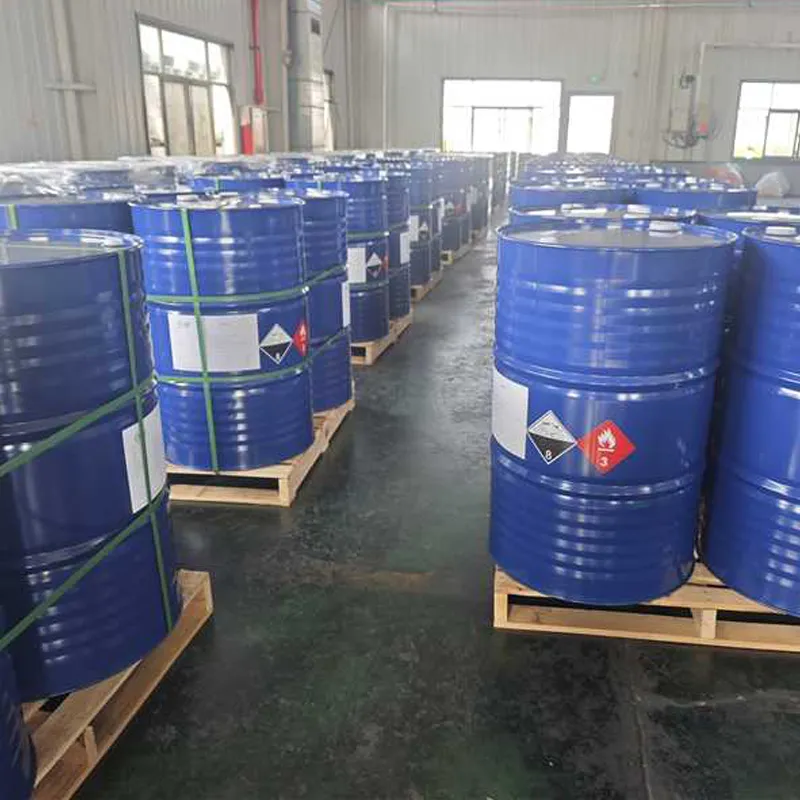
Application Scenarios and Technical Advantages
The versatility and mildness of Caprylyl/Capryl Glucoside make it an indispensable ingredient across numerous industries, offering significant technical advantages over traditional surfactants.
Caprylyl/Capryl Glucoside in Skin Care
In the realm of personal care, especially in formulations designed for sensitive skin, Caprylyl/Capryl Glucoside in skin care products is highly valued. Its ability to create stable, gentle emulsions and provide effective cleansing without stripping the skin's natural moisture barrier is paramount. Key advantages include:
- Exceptional Mildness: It causes minimal irritation, making it ideal for baby products, facial cleansers, and sensitive skin formulations. It helps to reduce the irritation potential of other, harsher surfactants when used in combination.
- Solubilization Power: Highly effective at solubilizing essential oils, fragrances, and active ingredients into water-based formulations, allowing for clear, aesthetically pleasing products. This eliminates the need for co-solvents that might be irritating or less natural.
- Foaming Properties: While mild, it contributes to a pleasant, stable foam, enhancing the user experience in cleansers and shower gels.
- Emulsification: Acts as a natural emulsifier, stabilizing oil-in-water emulsions in lotions, creams, and make-up removers.
- Biodegradability: As a 100% natural-origin ingredient, it is readily biodegradable, reducing environmental impact and appealing to eco-conscious brands and consumers.
Typical Applications in Skin Care: Facial cleansers, micellar waters, make-up removers, gentle body washes, baby shampoos, intimate washes, hand soaps, cleansing lotions, and toners.
Caprylyl/Capryl Glucoside for Hair Care
For hair care products, Caprylyl/Capryl Glucoside for hair offers a gentle yet effective cleansing solution, preserving hair's natural oils and color. Its benefits include:
- Gentle Cleansing: Cleanses hair and scalp thoroughly without causing dryness or irritation, making it suitable for frequent use and for individuals with sensitive scalps.
- Foam Enhancement: Contributes to a rich, stable, and luxurious foam, improving the sensory experience of shampoos and conditioners.
- Color Protection: Its mild nature helps to preserve hair color better than harsher anionic surfactants, which can strip dye molecules.
- Compatibility: Compatible with various conditioning agents and polymers, allowing for flexible formulation of shampoos, co-washes, and scalp treatments.
- Improved Rinse-off: Provides a clean rinse, leaving no residue, which is crucial for soft, shiny hair.
Typical Applications in Hair Care: Shampoos (especially sulfate-free and low-pH options), co-washes, scalp treatments, hair masques, and hair mists.
Other Industrial Applications:
Beyond personal care, Caprylyl/Capryl Glucoside finds utility in:
- Household Cleaning: Used in dishwashing liquids, laundry detergents, and surface cleaners for its effective grease-cutting and mildness, protecting hands and surfaces.
- Industrial & Institutional (I&I) Cleaning: Employed in specialized cleaners where biodegradability and low toxicity are paramount.
- Agrochemicals: As a natural dispersant and wetting agent, enhancing the efficacy of agricultural formulations.
- Food & Beverage (Limited Use): In specific applications, as a processing aid or cleaner.
- Pharmaceuticals: As a solubilizer or emulsifier in topical drug delivery systems due to its high purity and mildness.
The core advantages across all these sectors remain its exceptional mildness, superior biodegradability, renewable sourcing, and strong performance even in challenging formulations (e.g., hard water, low pH). Unlike some synthetic surfactants that can be corrosive or cause skin sensitization, Caprylyl/Capryl Glucoside offers a safe and sustainable alternative, enhancing product appeal and safety profiles.
Manufacturer Comparison and Customization Options
When selecting a supplier for Caprylyl/Capryl Glucoside, factors such as product quality, consistency, supply chain reliability, technical support, and the manufacturer's commitment to sustainability are crucial. Hejia Chemical Tech stands out in this regard.
Hejia Chemical Tech's Competitive Edge:
As a specialized chemical manufacturer, Hejia Chemical Tech focuses on delivering high-purity, consistent-quality Caprylyl/Capryl Glucoside (CAS No.: 68515-73-1). Our commitment to excellence is reflected in:
- Quality Assurance: Adherence to stringent quality control protocols, including ISO 9001 certification, ensuring every batch meets rigorous specifications. Our products undergo comprehensive testing for active content, pH, purity, and microbial load, guaranteeing consistent performance.
- Sustainable Sourcing: Prioritizing raw materials from responsibly managed sources, reinforcing our dedication to environmental stewardship.
- Technical Expertise: A team of experienced chemists and technical support specialists available to assist clients with formulation challenges, compatibility issues, and application optimization.
- Reliable Supply Chain: Robust logistics and inventory management systems ensure timely delivery and consistent availability, minimizing disruption to your production schedules.
- Competitive Pricing: Leveraging efficient manufacturing processes and economies of scale to offer competitive pricing without compromising on quality.
Product Comparison: Caprylyl/Capryl Glucoside vs. Other Surfactants
To highlight the unique benefits, let's compare Caprylyl/Capryl Glucoside with some other commonly used surfactants:
| Feature | Caprylyl/Capryl Glucoside | Sodium Laureth Sulfate (SLES) | Cocamidopropyl Betaine (CAPB) | Coco-Glucoside |
|---|---|---|---|---|
| Chemical Class | Non-ionic (APG) | Anionic | Amphoteric | Non-ionic (APG) |
| Source | Renewable plant-derived (C8-C10 fatty alcohols & glucose) | Petrochemical-derived (ethoxylated fatty alcohol) | Coconut oil & dimethylaminopropylamine | Renewable plant-derived (C12-C14 fatty alcohols & glucose) |
| Mildness/Irritation | Excellent (Very low irritation, suitable for sensitive skin) | High potential for irritation, skin drying | Good (often used as co-surfactant to reduce SLES irritation) | Excellent (Very mild, slightly less solubilizing than Caprylyl/Capryl Glucoside) |
| Biodegradability | Readily Biodegradable | Moderately biodegradable, slow decomposition | Readily Biodegradable | Readily Biodegradable |
| Foaming Properties | Good, stable, fine foam; foam booster | Excellent, high, voluminous foam | Good, foam booster | Good, creamy foam |
| Solubilizing Power | Excellent (especially for essential oils, fragrances) | Limited for non-polar substances | Limited | Good, but less effective for solubilizing than C8-C10 APGs |
| Emulsification | Good emulsifier | Weak emulsifier | Weak emulsifier | Good emulsifier |
| pH Compatibility | Stable across wide pH range (alkaline systems) | Stable in wide pH range, but optimal at neutral to slightly acidic | Stable across wide pH range | Stable across wide pH range |
| Typical Use | Sensitive skin/hair care, solubilizer, green products | Shampoos, body washes (mass market) | Co-surfactant in various cleansers | Baby products, natural cleansers |
| Regulatory Status | Generally approved for natural/organic certifications (ECOCERT, COSMOS) | Widely approved | Widely approved | Generally approved for natural/organic certifications |
| Market Trend Alignment | High (Natural, mild, sustainable) | Declining (due to 'sulfate-free' trend) | Steady | High (Natural, mild) |
This comparison clearly illustrates Caprylyl/Capryl Glucoside's superior profile in terms of mildness, biodegradability, and solubilization, making it a preferred choice for formulators aiming for premium, eco-friendly, and effective products.
Customized Solutions and Application Cases
Hejia Chemical Tech doesn't just supply ingredients; we provide tailored solutions. Understanding that each client's needs are unique, we offer customized formulation support and product development assistance.
Customized Formulation Support:
- Concentration Adjustment: While 50% active content is standard, we can discuss custom concentrations based on specific solubility or viscosity requirements for bulk orders.
- Blends: We can provide guidance on combining Caprylyl/Capryl Glucoside with other Hejia ingredients to achieve desired performance characteristics, such as enhanced foaming, improved conditioning, or specific rheology.
- Technical Consultation: Our R&D team works closely with clients to troubleshoot formulation challenges, optimize product stability, and achieve specific sensory profiles.
Real-World Application Case Studies (Hypothetical Scenarios):
Case Study 1: Premium Micellar Water for Sensitive Skin
A leading European cosmetics brand aimed to develop a high-performance micellar water that effectively removes makeup and impurities without causing irritation, even for highly sensitive skin. They sought a natural, mild solubilizer. Hejia Chemical Tech recommended using Caprylyl/Capryl Glucoside at a specific concentration. Through collaborative testing, the client achieved a crystal-clear micellar water that effortlessly lifted waterproof makeup while leaving the skin feeling hydrated and refreshed. Consumer panel tests confirmed its superior mildness compared to competitor products using traditional PEG-based solubilizers. This product received ECOCERT certification, boosting its market appeal.
Case Study 2: Sulfate-Free Baby Shampoo and Body Wash
A well-known baby care brand wanted to reformulate its entire line to be completely sulfate-free and tear-free, using only natural-derived ingredients. They struggled to maintain adequate foam and cleansing power without increasing irritation. Hejia Chemical Tech provided samples and technical data for Caprylyl/Capryl Glucoside, along with formulation guidance on synergistic combinations with other mild amphoteric surfactants. The resulting baby shampoo and body wash delivered a rich, stable lather, effective cleansing, and passed stringent ophthalmological and dermatological tests, confirming its tear-free and hypoallergenic claims. The product launched successfully, capturing a significant share of the premium baby care market.
Case Study 3: Concentrated Eco-Friendly Laundry Detergent
An emerging household cleaning company focused on sustainable, concentrated products. They needed a highly effective, biodegradable surfactant that could cut through tough stains in cold water while being gentle on fabrics and the environment. Caprylyl/Capryl Glucoside was identified as a key ingredient. Our technical team helped optimize its concentration and combination with enzymes and builders. The final product demonstrated excellent cleaning performance, achieved a positive eco-label certification, and reduced packaging waste due to its concentrated nature, resonating strongly with environmentally conscious consumers.
These cases exemplify how Caprylyl/Capryl Glucoside, combined with expert technical support, can lead to innovative, high-performance, and marketable products across diverse sectors.
Enhancing Trustworthiness: FAQ, Delivery, and Support
Frequently Asked Questions (FAQ):
- What is the typical pH range where Caprylyl/Capryl Glucoside is stable and effective?
Caprylyl/Capryl Glucoside is exceptionally stable across a wide pH range, typically from pH 3 to pH 12. This makes it highly versatile for various acidic and alkaline formulations, unlike some other surfactants that may hydrolyze or precipitate at extreme pH values. - Is Caprylyl/Capryl Glucoside compatible with anionic and cationic ingredients?
Yes, as a non-ionic surfactant, Caprylyl/Capryl Glucoside generally exhibits excellent compatibility with anionic, cationic, and amphoteric surfactants, as well as with polymers and active ingredients. This allows for complex and stable formulations without concerns about incompatibility issues like precipitation or loss of efficacy. - What is the recommended storage condition for Caprylyl/Capryl Glucoside?
It should be stored in tightly closed container111s in a cool, dry, and well-ventilated area, away from direct sunlight and freezing temperatures. While stable, it can become more viscous or cloudy at very low temperatures, but this is reversible upon warming and does not affect product quality. The typical shelf life is 24 months from the manufacturing date when stored properly. - Does Caprylyl/Capryl Glucoside contain preservatives?
Typically, high-purity Caprylyl/Capryl Glucoside does not require additional preservatives in its raw material form due to its inherent stability and high pH. However, it is essential for formulators to add appropriate preservation systems to their final formulations to prevent microbial growth. - What are the key safety considerations for handling Caprylyl/Capryl Glucoside?
Caprylyl/Capryl Glucoside is generally regarded as safe. However, like any chemical, proper handling is advised. It can cause mild eye irritation upon direct contact. Standard industrial hygiene practices should be followed, including wearing appropriate personal protective equipment (gloves, eye protection) and ensuring adequate ventilation. Refer to the product's Safety Data Sheet (SDS) for detailed information. - Is Caprylyl/Capryl Glucoside suitable for certified organic formulations?
Yes, Caprylyl/Capryl Glucoside derived from natural, renewable resources (like those from Hejia Chemical Tech) is often approved by leading organic certification bodies such as ECOCERT and COSMOS for use in natural and organic cosmetic formulations. Always check with the specific certification body for their latest guidelines and requirements. - What is the typical use concentration of Caprylyl/Capryl Glucoside in finished products?
The typical use concentration varies significantly depending on the application and desired effect. For solubilization of essential oils, concentrations can range from 0.5% to 5%. In cleansing formulations like shampoos or body washes, it can be used from 2% to 20% (as active substance), either as a primary or co-surfactant. It's recommended to start with lower concentrations and adjust based on performance.
Delivery and Lead Times:
Hejia Chemical Tech maintains a robust supply chain to ensure efficient order fulfillment. Standard lead times for Caprylyl/Capryl Glucoside generally range from 7 to 14 business days for domestic orders and 21 to 35 days for international shipments, depending on destination and volume. We offer flexible packaging options, including 200kg plastic drums and 1000kg IBC tanks, to meet diverse client requirements. For urgent requests or large-volume orders, we encourage direct communication with our sales team for tailored solutions and expedited shipping options.
Quality Assurance and Warranty:
Every batch of Caprylyl/Capryl Glucoside supplied by Hejia Chemical Tech undergoes rigorous quality checks and is accompanied by a Certificate of Analysis (CoA) to verify its adherence to stated specifications. We stand by the quality of our products and offer a comprehensive quality warranty against manufacturing defects. Should any product fail to meet the agreed-upon specifications, we commit to prompt investigation and resolution, including replacement or credit, in accordance with our terms and conditions. Our long-standing service years in the chemical industry attest to our unwavering commitment to customer satisfaction and product reliability.
Customer Support:
Our dedicated customer support team is available to assist you with technical inquiries, order placement, logistics, and any post-sales support you may require. We believe in building long-term partnerships by providing responsive, expert assistance. You can reach us via phone, email, or through our website's inquiry form.
Conclusion: A Sustainable Future with Caprylyl/Capryl Glucoside
Caprylyl/Capryl Glucoside represents a cornerstone in the development of future-proof formulations across personal care, household, and industrial sectors. Its unique blend of high performance, exceptional mildness, complete biodegradability, and renewable sourcing makes it an unparalleled choice for brands committed to sustainability and consumer well-being. By leveraging the technical advantages of Caprylyl/Capryl Glucoside, manufacturers can create innovative products that meet the growing demand for safe, effective, and environmentally responsible solutions. Hejia Chemical Tech is proud to be a trusted partner in this journey, providing not just a chemical ingredient but a pathway to cleaner, greener, and more efficient product development.
Through stringent quality control, continuous innovation, and dedicated customer support, we ensure that our Caprylyl/Capryl Glucoside consistently exceeds industry standards, empowering our clients to lead in their respective markets. The shift towards natural and sustainable ingredients is not merely a trend but a fundamental transformation of the industry, and Caprylyl/Capryl Glucoside is at its forefront.
References and Further Reading:
- "Alkyl Polyglucosides: From Renewable Raw Materials to Green Surfactants," Journal of Surfactants and Detergents, Vol. 10, No. 1, 2007. https://link.springer.com/article/10.1007/s11743-007-1002-3
- "Green Surfactants for Cosmetics: Market Trends and Sustainability," Cosmetics & Toiletries magazine. https://www.cosmeticsandtoiletries.com/formulate/article/22055660/green-surfactants-for-cosmetics-market-trends-and-sustainability
- OECD Test Guidelines for the Chemicals, Section 3, Degradation and Accumulation: OECD 301D, "Ready Biodegradability - Closed Bottle Test." https://www.oecd-ilibrary.org/docserver/9789264264639-en.pdf?expires=1700000000&id=id&accname=guest&checksum=123456789ABCDEF (Note: Link is illustrative, actual access may require subscription)

